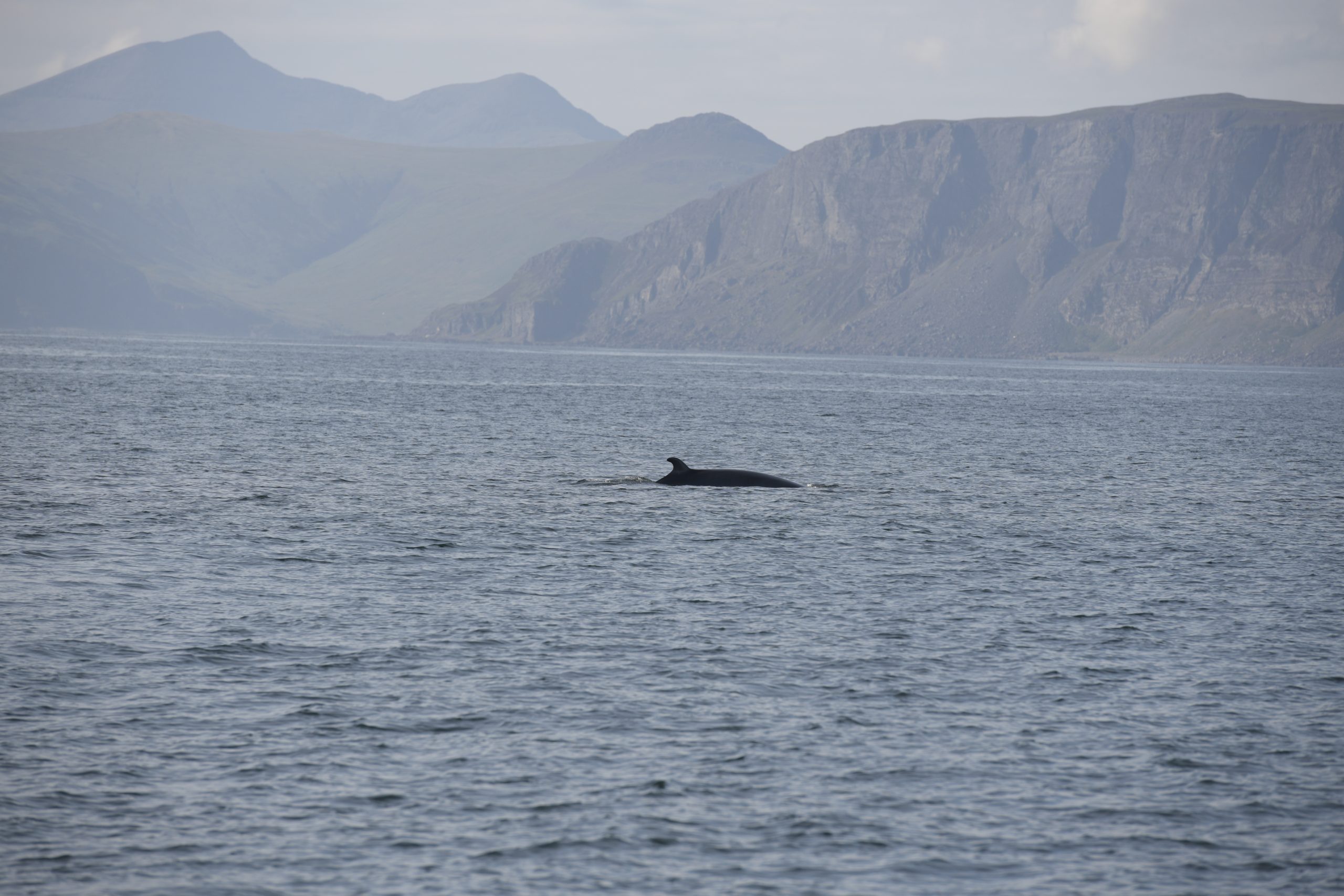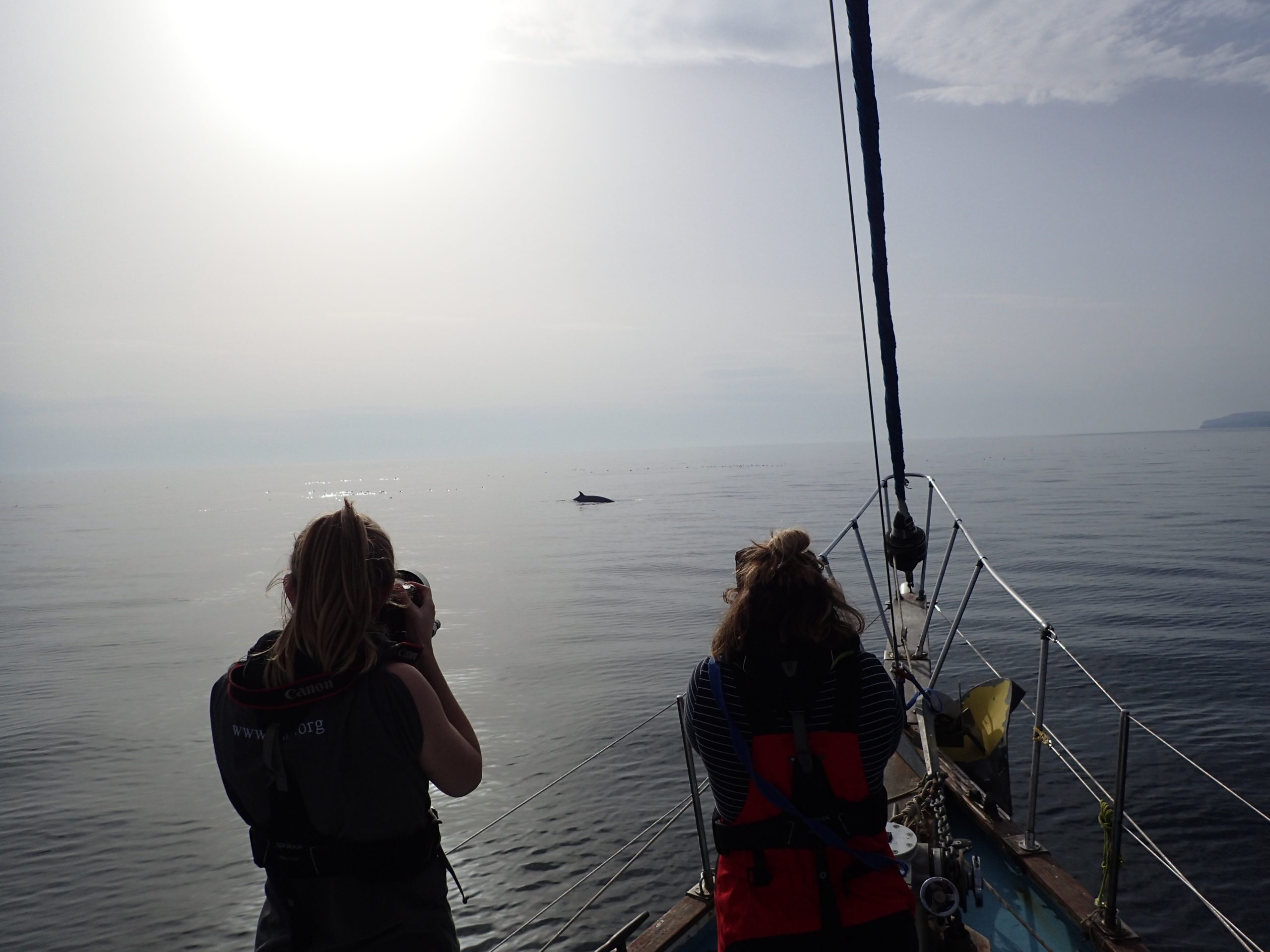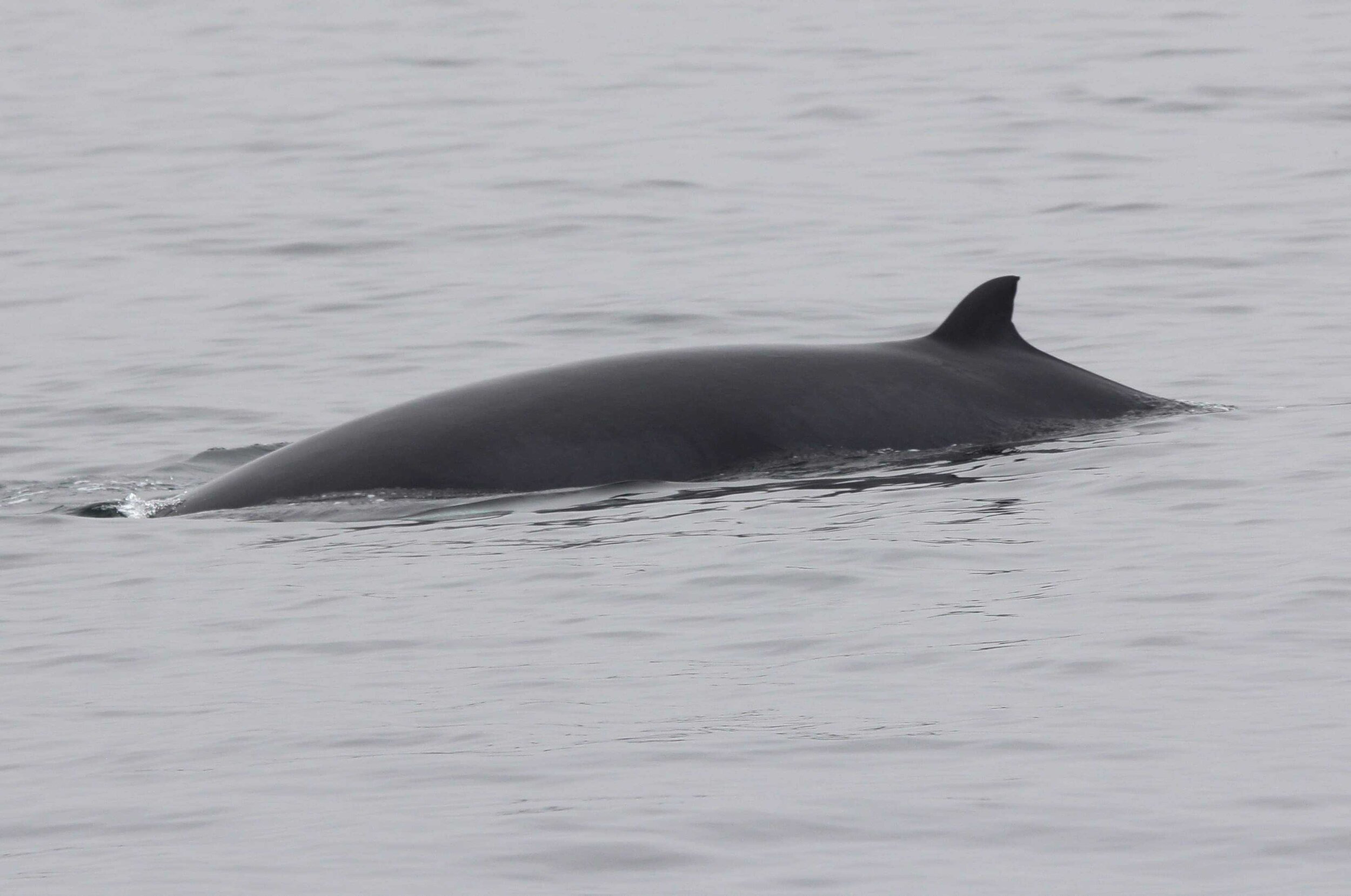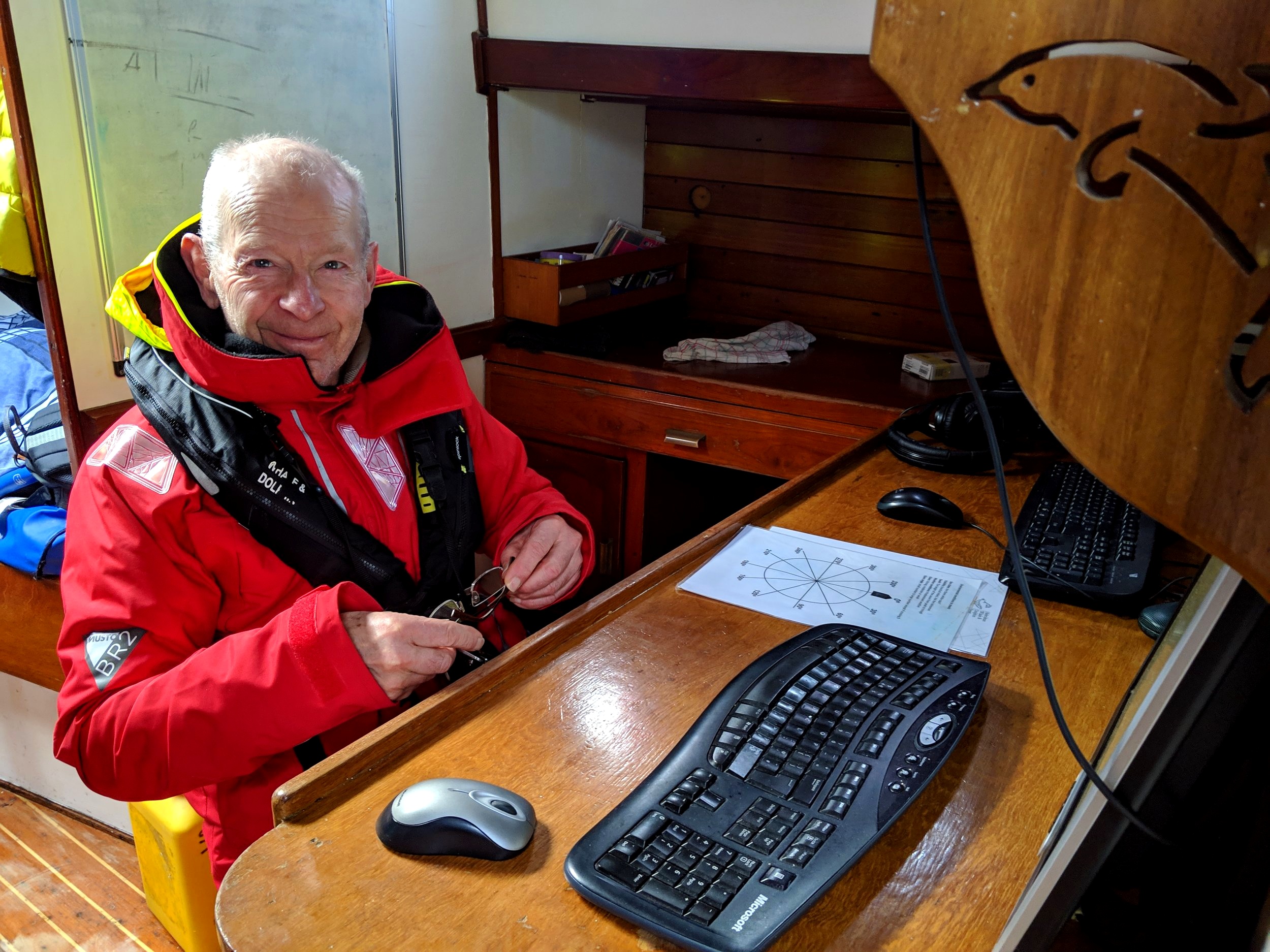
More than 300 individual minke whales identified in the Hebrides since 1990
More than 300 individual minke whales have been identified in the Hebrides since 1990, with one visiting the region for nearly 30 years.
A minke whale named Snowy has travelled to the area over an astonishing 27-year period – the longest known history of sightings for this species in Europe.
Another, known as Knobble, holds the title for the most frequently recorded minke whale in the Hebrides.
He has been spotted more than 60 times since 2002, mostly in waters around the Isle of Mull.
A digital catalogue by the Hebridean Whale and Dolphin Trust brings together photographic identification records submitted by members of the public over three decades.

Scotland’s west coast seas are a vitally important area for minke whales – with some of these spectacular but vulnerable marine mammals notching up Europe’s longest sighting histories of almost 30 years, research by the Hebridean Whale and Dolphin Trust shows.
More than 300 minke whales have been identified since 1990, with a third (33%) having been seen more than once.
Minke whales migrate to western Scotland’s seas each summer to feed in the exceptionally rich waters.
The substantial timespan of the research is shedding new light on their lives, and is building a long-term picture about their numbers, range and behaviour, and how best to protect them.
‘Photographs are a powerful tool for strengthening our understanding of whale movements and the threats they face – providing vital evidence for effective conservation,’ said Dr Lauren Hartny-Mills, HWDT’s science and conservation manager.


‘This catalogue of identifiable whales is testament to the dedicated community of citizen scientists who diligently submit their sightings and photographs to us.
‘Thanks to so many people over 30 years, we know our seas are world-class habitats which need to be better protected and restored.’
Thousands of photographs a year are shared with the Trust by the public and wildlife watching crews through a community sightings website and smartphone app called Whale Track.
Photographs are also collected by volunteers during the Trust’s research expeditions on its research yacht Silurian.
Researchers then use photo-identification to look for specific markings or features to identify and catalogue individual whales, dolphins, porpoises and basking sharks seen in the region.
While some minke whales have only been recorded once so far, more photographs – whether past or present – from the public will help researchers establish if these individuals have also been making return visits or were just passing through Scottish waters.
Sea Life Mull’s wildlife guide Andy Tait has submitted thousands of images over the past 30 years.

‘I get great pleasure in sending in my photos to the Trust, knowing every photograph I send makes a real difference to our understanding of amazing whales like Snowy and Knobble,’ he said.
‘By using the new online catalogue, anyone can match their sightings with known individual whales.
‘They might even discover a new whale that can be added to the catalogue, which is really exciting.
‘This is citizen science in action, and the great thing is that anyone can get involved.’
The new online catalogue is helping the Trust’s scientists assess the health of the whales, and threats facing them.
Marine ecosystems are under threat from human activities including warming seas due to climate change, pollution, and habitat degradation.
Scars and injuries have revealed that 22% of minke whales have at some point been entangled in marine litter and fishing gear, which can cause mobility problems, injury and even death.
The Trust hopes its catalogue will help strengthen international understanding of whale movements.
Read more stories on Scottish Field’s wildlife and conservation pages.
Plus, don’t miss the November issue of Scottish Field magazine.
TAGS

